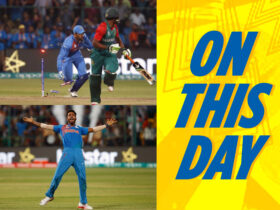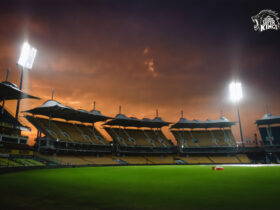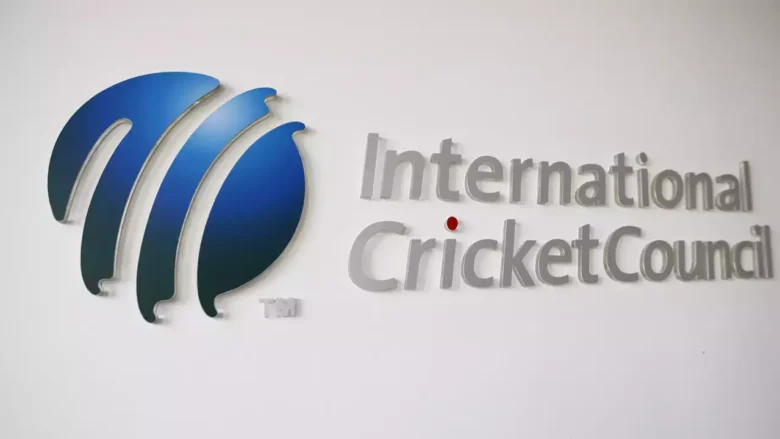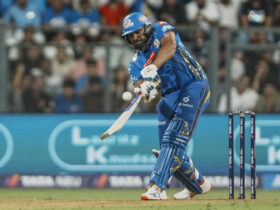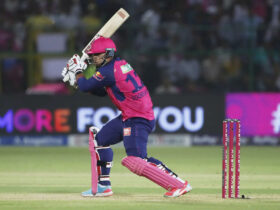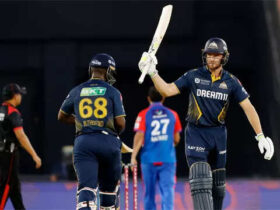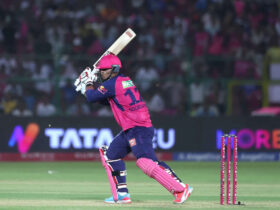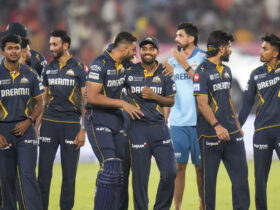The World Cricketers’ Association (WCA) recently unveiled its comprehensive report titled ‘Protecting History, Embracing Change: A Unified, Coherent Global Future’. Released on March 26, this 30-page critique pinpointed significant flaws within the international cricket community, while offering a suite of recommendations aimed at fostering a more equitable and thriving global cricket ecosystem.
The spotlight of the report shines on the current revenue distribution model of the International Cricket Council (ICC), which the WCA describes as being heavily skewed in favor of the Board of Control for Cricket in India (BCCI). The BCCI, securing a commanding 38.5% of the ICC’s revenue, is highlighted as the dominant receiver, raising concerns about the fairness of the distribution across other cricket-playing nations. The WCA indicates that the global financial structure of cricket is ‘not optimised’, suggesting an imbalance that could be stifling growth and development in smaller cricket nations.
Critics of the report, including industry experts, have questioned the WCA’s narrative for omitting a detailed explanation of the BCCI’s substantial contribution to the ICC’s revenue pool. The BCCI’s large share stems from the unprecedented value of the Indian market, particularly evident in the media rights sales of the current cycle, which have been a financial boon for the ICC. India’s matches generate a significant portion of global viewership and advertising revenue, making the BCCI’s 38.5% share a lucrative but contentious topic.
The WCA’s report goes further to discuss the impact of the Indian Premier League (IPL) on the global cricket economy. Noting the IPL’s role in almost half of the cricket economy globally, the WCA is critical of the disproportionate revenue share that the IPL and BCCI keep, which is only about 0.3% distributed to other countries and less than 10% to players. This observation leads to their proposition that Indian men’s players be allowed to participate in other global T20 leagues to foster growth and revenue potential in those markets.
However, defenders of the BCCI point out its significant investments in cricket infrastructure and player welfare, including hosting over 2,000 domestic games annually and providing pensions and other benefits to both current and former players. They argue that the financial model needs to support this vast operation and the maintenance of India’s cricket machinery, which benefits not just India but also elevates the global standard of the game.
The WCA’s report concludes with a call for a more even distribution of ICC revenue, suggesting a minimum of 2% and a maximum of 10% be allocated to the top 24 countries, with at least 10% of the funds directed toward a ‘Global Growth & Development Fund’ to support core international cricket and other developmental initiatives across the cricketing world.
This report has stirred the cricketing community, with the document already under review by the ICC’s men’s cricket committee and soon to be examined by the women’s committee. As the discussion around cricket’s financial governance continues, the WCA’s recommendations push for a reevaluation of how the sport’s wealth can be more equitably managed to sustain and expand the game globally.


